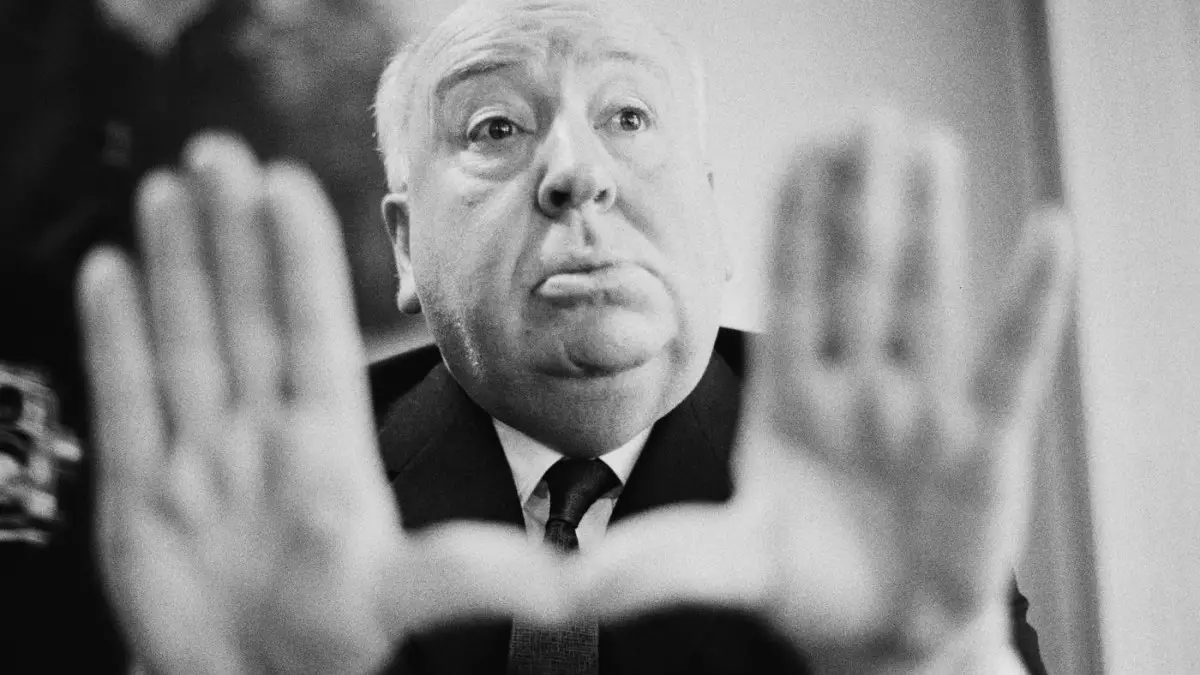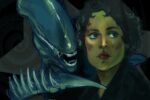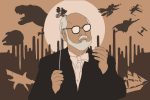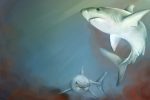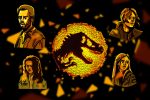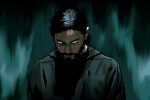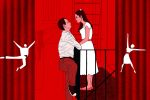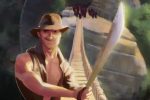Because this upcoming Monday, Aug. 13, would have been Sir Alfred Hitchcock’s 119th birthday, you must be “Psycho” if you think I am going to let the event pass without discussing his legacy. He was definitely “Rich and Strange,” but he was also, without a “Shadow of a Doubt,” one of the most influential filmmakers in the history of cinema.
Hey, if Hitchcock himself believed that, “Puns are the highest form of literature,” then I can make them all I want.
Before he was known as “the Master of Suspense,” Hitchcock lived a generally quiet life as a well-behaved little boy on the outskirts of London in Leytonstone, England. In 2001, the entrance to Leytonstone tube station commissioned a number of mosaics depicting memorable moments from his films.
However, there was one notable experience from his childhood that left Hitchcock with a profound lifelong fear of police and authority. When he was 5 or 6 years old, his father sent him to the local police station with a note. The officer on duty read the note and promptly locked young Hitchcock in a cell for several minutes, explaining, “This is what we do to bad little boys.”
Hitchcock never learned to drive because of this incident, reasoning that he can never be given a ticket if he is never behind the wheel. You can’t argue with that logic.
Even more than police, Hitchcock had another phobia of an object with a white, hard shell: eggs.
Alfred Hitchcock may have been the 'Master of Suspense', but what were two things he was terrified of? Policemen…and eggs! pic.twitter.com/MQwQBusbmm
— GoldenAgeHollywood (@ClassicalCinema) August 13, 2017
“I’m frightened of eggs,” he once said in an interview. “That white round thing without any holes… Have you ever seen anything more revolting than an egg yolk breaking and spilling its yellow liquid?”
Eggs were an exception to Hitchcock’s diet, or lack thereof. The man was overweight for most of his life, and he regularly binged on fried fish, roasted chicken, bacon, potatoes and ice cream. Lots and lots of ice cream. In fact, he loved food so much that he often featured it meaningfully in his films.
While Ingrid Bergman and Cary Grant are performing the longest on-screen kiss up till that time in “Notorious,” they are talking about what they should make for dinner. In “Psycho,” Norman invites Marion over for sandwiches and milk shortly before he kills her, and even the blood in the infamous shower scene is actually chocolate syrup, one of the many ways Hitchcock used black and white to his advantage.
But before Hitchcock terrified people, and even his actors, out of taking showers for the rest of their lives, he first had to develop his now widely-recognizable “Hitchcockian” style. Although Hitchcock received his first director’s credit for “The Pleasure Garden” in 1925, it is his 1927 silent film, “The Lodger,” that is regarded as the first characteristically Hitchcockian film.
What is this term supposed to mean? It means that Hitchcock used certain elements so frequently that they became a hallmark of his films.
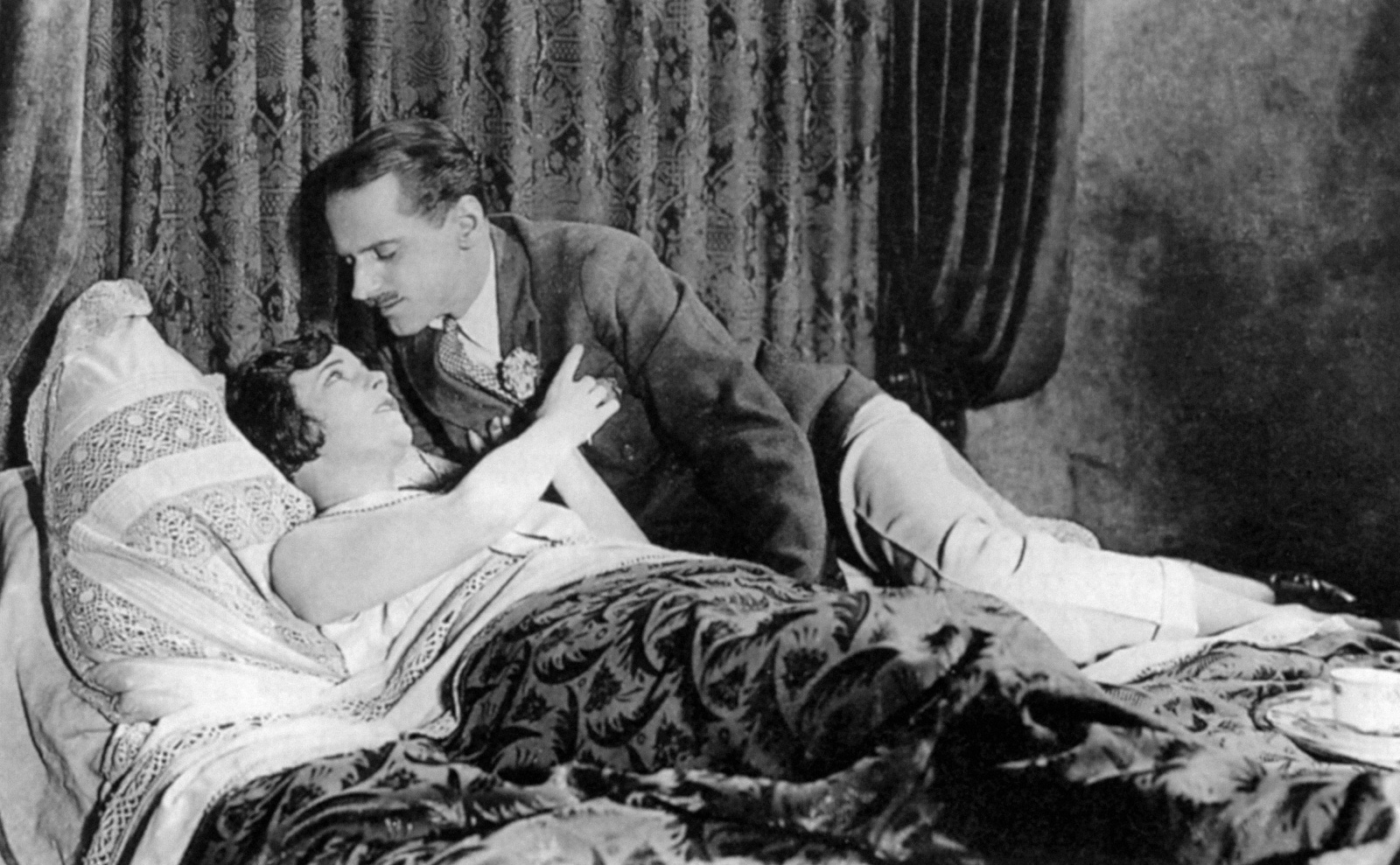
One example of a Hitchcockian element is the use of a MacGuffin plot device.
Digital Trends describes the term as “a basic plot element that drives a film’s story forward. It often takes the form of an object, event, or character that’s being pursued — usually by opposing sets of characters — but it can also be more abstract, like a sense of love or power.” The article then goes on to list “15 killer examples” of the plot device, such as the character of Doug in “The Hangover” and the Necronomicon from the “Evil Dead” franchise.
In Hitchcock’s “The 39 Steps,” the MacGuffin is the plans for an advanced airplane engine stored in the mind of Mr. Memory. In “North by Northwest,” it is the microfilm that contains government secrets. It is believed that Hitchcock coined the term as well as popularized the technique.
Hitchcock also pioneered making voyeurs out of his respectable audience. The camera lens would represent the eye of the audience, placing them directly in the scene and turning viewers into active participants in the characters’ exploits.
Hitchcock beautifully employs this trick in “Rear Window,” when Jeff is caught spying on his neighbors with a pair of binoculars and his camera. The shots gets closer and closer as Jeff zooms in, and when Thorwald’s intimidating gaze lands on Jeff, he is also staring accusingly at the audience.
There are numerous other elements found in Hitchcockian films, such as mistaken identity, staircases and the charming sociopath, but none are as controversial as the icy blonde. All of Hitchcock’s most remembered flicks feature platinum blonde actresses that present a cool, almost unwelcoming front and act as nothing but liars, thieves and domineering mothers.
Many consider the portrayal as sexist, and the debate over whether these femme-fatales should be considered protagonists or antagonists continues to this day. But with the release of movies like “Atomic Blonde,” it seems even modern directors cannot get over the fetish of dangerous, bleached-haired ladies.
Countless filmmakers have channeled Hitchcock through their lenses — Brian De Palma with “Body Double,” Robert Zemeckis with “What Lies Beneath,” Park Chan-Wook with “Stoker” — but perhaps the director most inspired by the portly genius is Steven Spielberg.
Homages to famous Hitchcock films are peppered throughout many of Spielberg’s greatest hits, such as the dolly zoom effect in “Jaws” that was originally in “Vertigo.” It is also hard not to see the comparisons between the crop duster scene in “North by Northwest” and the boulder scene in “Raiders of the Lost Ark.”
Spielberg also followed Hitchcock’s path into television, the former creating “Amazing Stories” and producing “Animaniacs,” and the latter hosting and producing “Alfred Hitchcock Presents.”
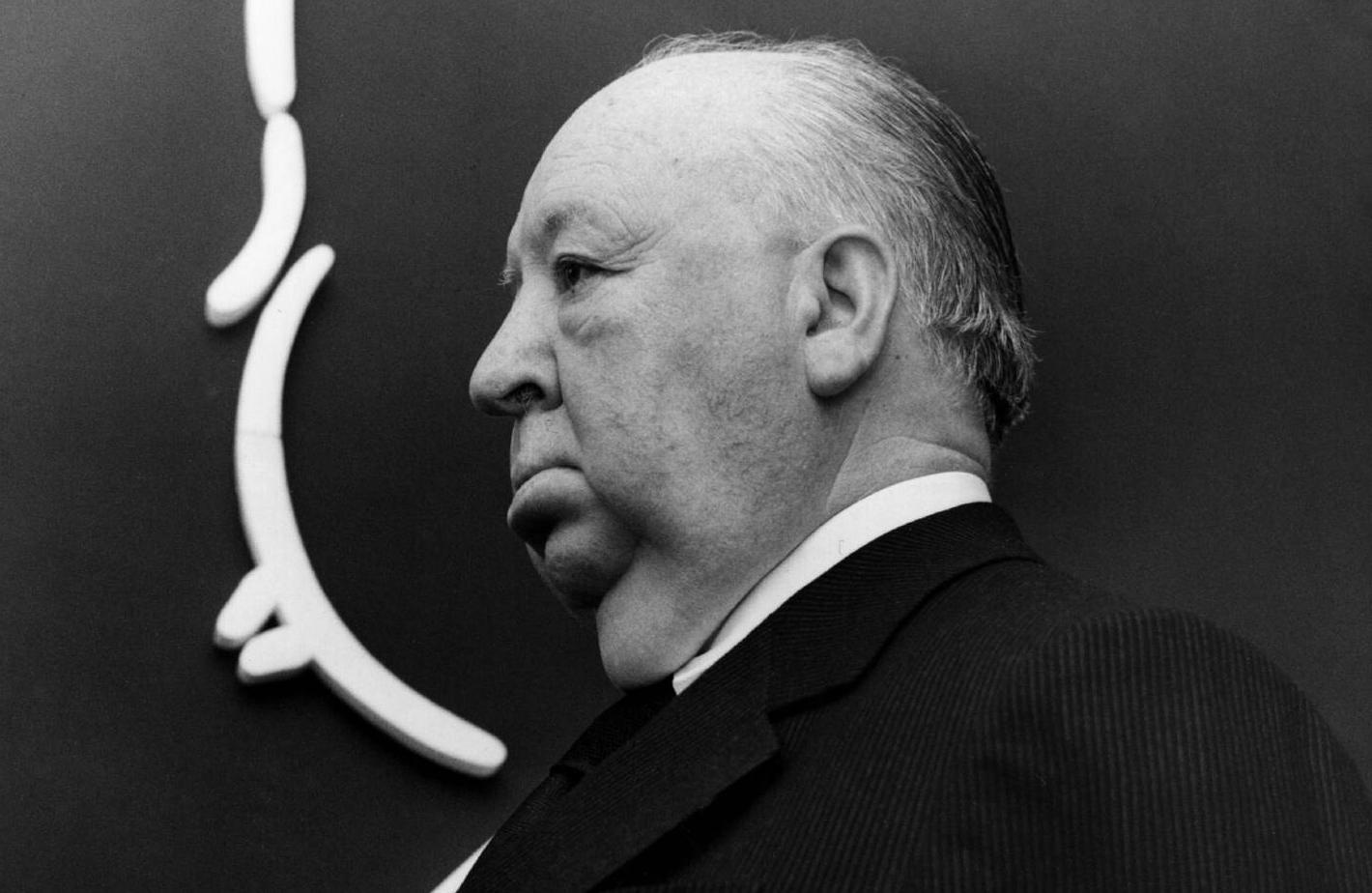
Spielberg even recalled the time his younger self snuck onto a Hitchcock movie set in an interview with Entertainment Weekly. “I was on the ‘Torn Curtain‘ set for about 10 minutes before someone came and told me to leave,” he said. “I got to see Hitchcock and Julie Andrews, but — I was on the ‘Phantom of the Opera’ stage — they were far away, and I had just come through an entrance.”
Hitchcock later did actually provide the voice for the “Jaws” ride at Universal Studios and is reported as lamenting, “They paid me $1 million dollars. And I took it and I did it. I’m such a whore. I can’t sit down and talk to the boy who did the fish movie. … I couldn’t even touch his hand.” And he never did. Hitchcock passed away on April 29, 1980, in Bel-Air, Los Angeles, California. He was survived by his wife, Alma Reville, and his daughter, Patricia.
Four months earlier, Hitchcock had been appointed a Knight Commander of the Most Excellent Order of the British Empire (KBE) by Queen Elizabeth II in the 1980 New Year Honours. He has two stars on the Hollywood Walk of Fame: one for motion pictures and a second for television. By 2016, seven of his films had been selected for preservation by the United States National Film Registry.
Alfred Hitchcock was an innovator in the field of filmmaking, and he lives on in the work of those influenced by his masterpieces. His films and notoriety are definitely not for “The Birds.” In honor of his upcoming birthday, feel free to pop open some “Champagne,” and raise your glasses and cell phones as you dial L for Legend.


